“Radioactive Ash” or How Russia Once Again Brandishes Its Nuclear Stick
Russia regularly threatens with nuclear weapons. Officials and propagandists claim the possibility of using this weapon in response to new Western steps in support of Ukraine. In May 2024, Russia conducted exercises using tactical nuclear weapons. In this way, the aggressor tries to undermine support for Ukraine. This also affects Ukrainians, who live under the constant tension of a full-scale war. The article examines the latest instances of Russian “nuclear” propaganda.
“Russia is the only country in the world truly capable of turning the USA into radioactive ash”, were the words broadcast on Russian TV back in March 2014, when Russia’s aggression was limited to the annexation of Crimea. Since then, Russia’s “nuclear” rhetoric has only intensified, including during the full-scale war. On February 27, 2022, Putin ordered the deterrence forces, including nuclear weapons, to be put on high alert. Reuters reported that as of March 13, 2024, since the beginning of the full-scale war, the Russian president had issued at least 10 nuclear weapon threats. On May 7, 2024, Belarus began a synchronized check with Russia on the readiness of the forces and means of tactical nuclear weapon carriers. On May 21, Russia announced exercises with “strikes” using tactical nuclear weapons, intended for the destruction of enemy personnel concentrations.
Next, we will examine the May instances of Russian propaganda about nuclear weapons.
Propaganda Blur
On May 7, 2024, Belarusian TV showed a so-called unscheduled inspection of platforms capable of launching nuclear weapons. In the video, in addition to the aircraft’s tail numbers, certain devices hanging on the pylon under the wing were blurred, allegedly to conceal “special” weaponry.

In one part of the video, the blur is absent. It reveals that on the pylon closest to the aircraft’s body, there is not a weapon but an additional external fuel tank “PTB-800”. These tanks are needed to increase the aircraft’s flight range.
The fuel tank’s appearance, particularly the wings located at the front and rear, suggests a resemblance.

There is also a higher-quality photo where you can see what typical external fuel tanks on a Su-25 look like.

Are there really nuclear weapons in Belarus?
Usually, reports about the presence of nuclear weapons in Belarus come from officials of various countries. For instance, on August 31, 2023, the head of the Main Directorate of Intelligence of the Ministry of Defense of Ukraine, Kyrylo Budanov, indicated that Russia had delivered the first nuclear warheads to Belarus. On December 26, 2023, Lukashenko stated that Russia had completed the delivery of tactical nuclear weapons to Belarus. This was also reported in Foreign Policy magazine, but the source cited anonymous Western officials, making the information difficult to verify. Meanwhile, The New York Times analyzed satellite images and concluded that near the city of Asipovichy in Belarus, a storage facility for Russian tactical nuclear weapons is being constructed.
Blurring was not limited to the Su-25 in Belarus. After the announcement on May 21, 2024, of exercises involving the use of tactical nuclear weapons, Russia concealed the warhead of the Iskander missile.
This can be explained by Russia wanting to hide certain actions or to deceive. It is still impossible to confirm whether the video indeed shows nuclear warheads.

“The West Raises the Degree of Rhetoric”
Russia once again tries to raise the stakes by threatening the use of nuclear weapons. They justify their threats by claiming they are responding to Western escalation. In reality, Russia arbitrarily sets “red lines” and then moves them further when they encounter resistance.
For instance, Russia presented the May 21, 2024, exercises as a response to “provocative statements and threats” from Western officials. Foreign Minister Lavrov spoke of an “imaginary” Western threat from Russia and criticized Britain’s permission to strike Russian territories with their weapons. Peskov pointed to “unprecedented statements from the West”, justifying nuclear exercises by citing Macron’s remarks about sending French troops to Ukraine. Additionally, after Western representatives stated that Ukraine was allowed to strike Russian territory, Russian channels once again threatened the world with a nuclear strike.
This is not the first time Russia has escalated the issue of nuclear weapons. In the fall of 2022, the Russian president stated that in case of a threat to Russia’s “territorial integrity”, all available means would be used, hinting at the use of nuclear weapons. Interestingly, Putin made this statement shortly before declaring the illegal annexation of occupied territories. Similarly, Dmitry Medvedev threatened that if Ukraine reclaimed its territories and won the war, nuclear weapons might be used. Lavrov also stated that all Russian laws and doctrines, including the nuclear doctrine, would apply to the occupied territories.
On November 11, 2022, Ukrainian Defense Forces deoccupied Kherson, and in 2023–2024, Russian volunteers carried out raids on Russian territories. Storm Shadow/SCLAP missiles were used to strike occupied territories that Russia considers its own and should therefore apply all its military doctrines to. However, no response involving nuclear weapons occurred.
Additionally, the Russians have raised the issue of transferring F-16 aircraft to Ukraine. They reiterated that they would consider Western aircraft on Ukrainian territory as nuclear weapon carriers. We previously wrote that such statements are absurd. Ukraine voluntarily gave up its nuclear weapon carriers in the 1990s-2000s. The process of transferring, creating, or using nuclear weapons is complex, especially when Western partners oppose escalation and are reluctant to transfer even conventional weapons.
Red Lines from “Western Analysts”
Nuclear threats are voiced not only by Russian officials or “experts” but also by Westerners working for Russia. This is another paradox of the “mysterious Russian propaganda” — to regularly spread aggressive rhetoric against the West while simultaneously promoting any Western pseudo-experts. Their expertise lies in praising Russia and demonizing Ukraine.
For instance, recently pro-Russian propagandist Scott Ritter said that France and Great Britain’s actions of deploying troops and allowing strikes on Russian territory would lead to a nuclear war. He has repeatedly spread Russian fakes, claiming that civilian killings in Bucha were staged, Americans and Ukrainians committed war crimes, and Ukraine is bound to lose in the war.
There are other statements as well. For example, there’s one Ray McGovern — a former CIA officer who worked as an analyst in the agency from 1963 to 1990. He often comments on intelligence and foreign policy issues, especially for Russian state channels RT and Sputnik. In 2015, he was noticed at the celebration of the tenth anniversary of the Russian information agency RT, where Putin was present.
Ray McGovern suggests that the United States will supposedly be the first to launch a nuclear strike due to Biden’s inability to win the elections and Russia’s successes on the battlefield. Although Pentagon spokesman Patrick Ryder stated that they see no reason to change the positions of their own nuclear forces in response to Russia’s nuclear blackmail.
McGovern regularly spreads pro-Russian theses in the West. In 2014, he and the “Veterans Intelligence Professionals for Sanity” organization wrote to Angela Merkel, claiming they “see no credible evidence of Russian invasion”. Or in memoranda addressed to Barack Obama, the organization stated that Ukraine is “ethnically partly Russian”, and the US president should understand that his careless actions “may provoke” Russia, which “defends its territory”. More about McGovern’s pro-Russian statements can be found in the article “Messing with the Truth: Disinformation in the West, spread by Ray McGovern“.
Russian propaganda also uses the words of Robert Kennedy Jr. The politician criticizes Britain for allowing the use of its weapons to strike Russia, and the USA — for transferring ATACMS missiles. And of course, he intimidates with the escalation of war.
Robert F. Kennedy Jr. is the nephew of President John F. Kennedy and the son of US Attorney General and New York Senator Robert F. Kennedy. In the past, he was a writer and environmental lawyer, but for the last 15 years, he has been an active anti-vaxxer, spreading disinformation about COVID-19. During the full-scale invasion, Kennedy Jr. lied about the presence of US biological laboratories in Ukraine, which “work on various types of weapons”. Or spread the fake that the US allocated $5 billion to overthrow Viktor Yanukovych.
So foreign pseudo-experts are another tool for Russia to justify aggression. They rationalize any step Russia takes, whether it’s war crimes, nuclear threats, or any other escalation.
Conclusions
Russians use their “nuclear button” for manipulation and intimidation. This affects not only Ukrainians but also the West, which wants to avoid a nuclear confrontation. Now, the Russians have an additional means of influence by placing nuclear weapons in Belarus, which they use to pressure the West to stop supporting Ukraine.
It can be predicted that we will soon face a new wave of nuclear threats from Russia. This summer, Ukraine is expected to receive its first F-16 aircraft. Additionally, more and more Western countries are allowing their weapons to be used for attacks on Russian territory. Recently, Germany and the USA joined this list, albeit in a limited capacity. Furthermore, according to statements from the Ministry of Defense of Ukraine, since February 2024, Ukraine has expressed interest in the prospect of hosting foreign military instructors. Discussions are currently ongoing.
All these events are unfavorable for Russia. Therefore, it is likely that Russia will continue its nuclear hysteria and threaten Ukraine and its partners with nuclear weapons. The best response to these threats is not to fear “escalation” but to expose Russia’s bluff and the flexibility of its “red lines”.
SUPPORT MILITARNYI
Even a single donation or a $1 subscription will help us contnue working and developing. Fund independent military media and have access to credible information.


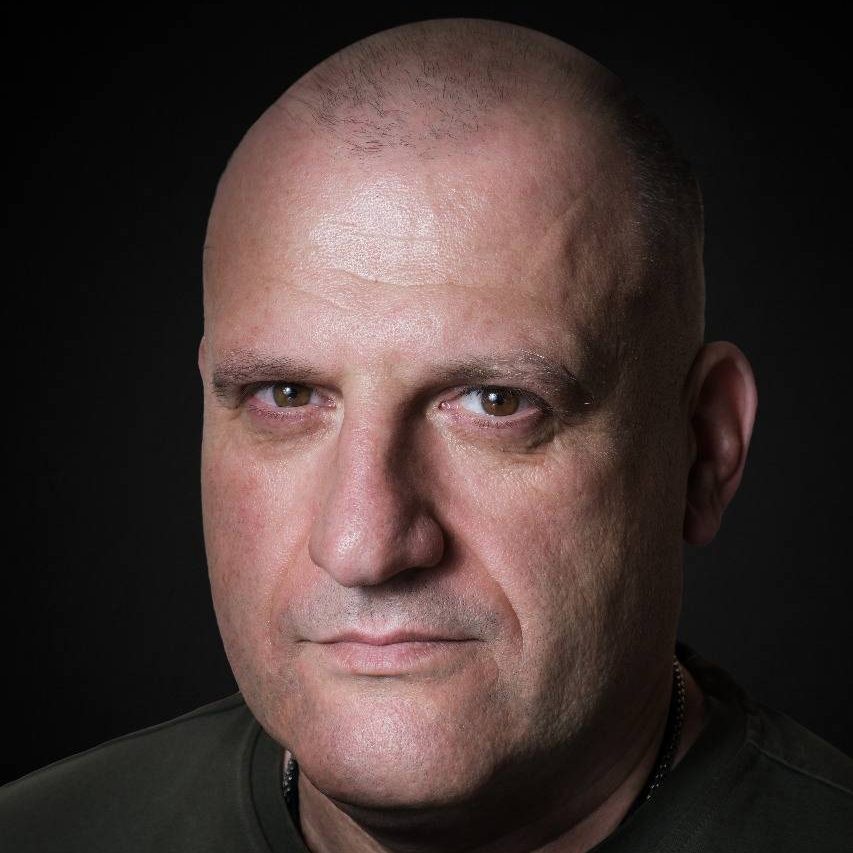 Андрій Соколов
Андрій Соколов 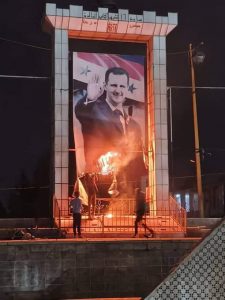
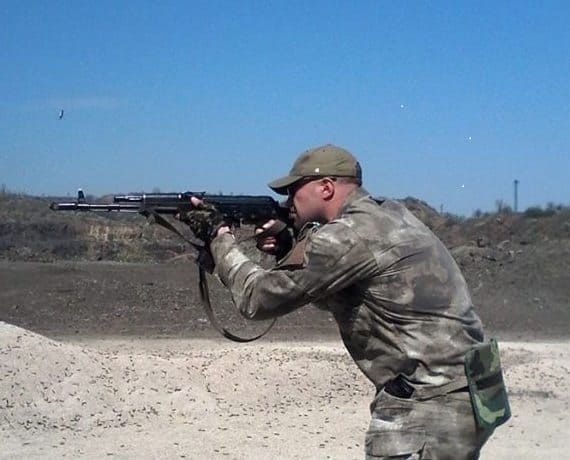 Urich
Urich 
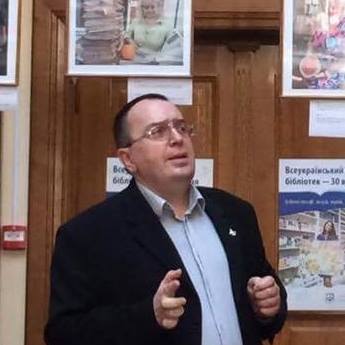 Андрій Харук
Андрій Харук 
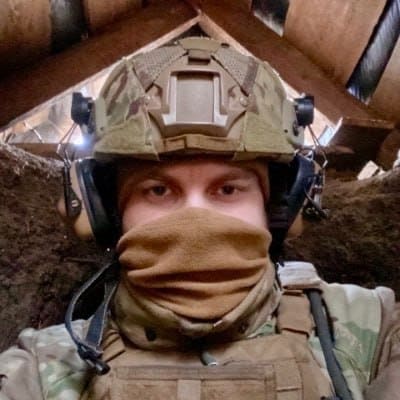 Контужений Безпілотник
Контужений Безпілотник 
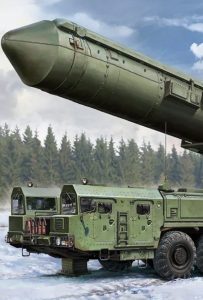
 Центр ініціатив ПЖ
Центр ініціатив ПЖ 
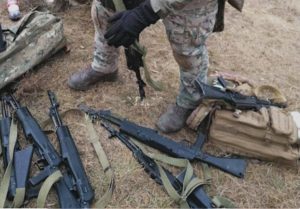
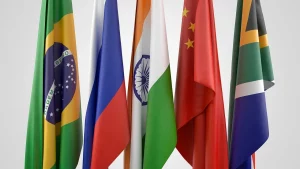
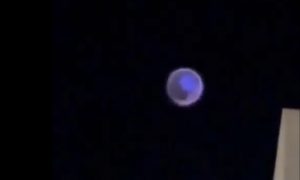
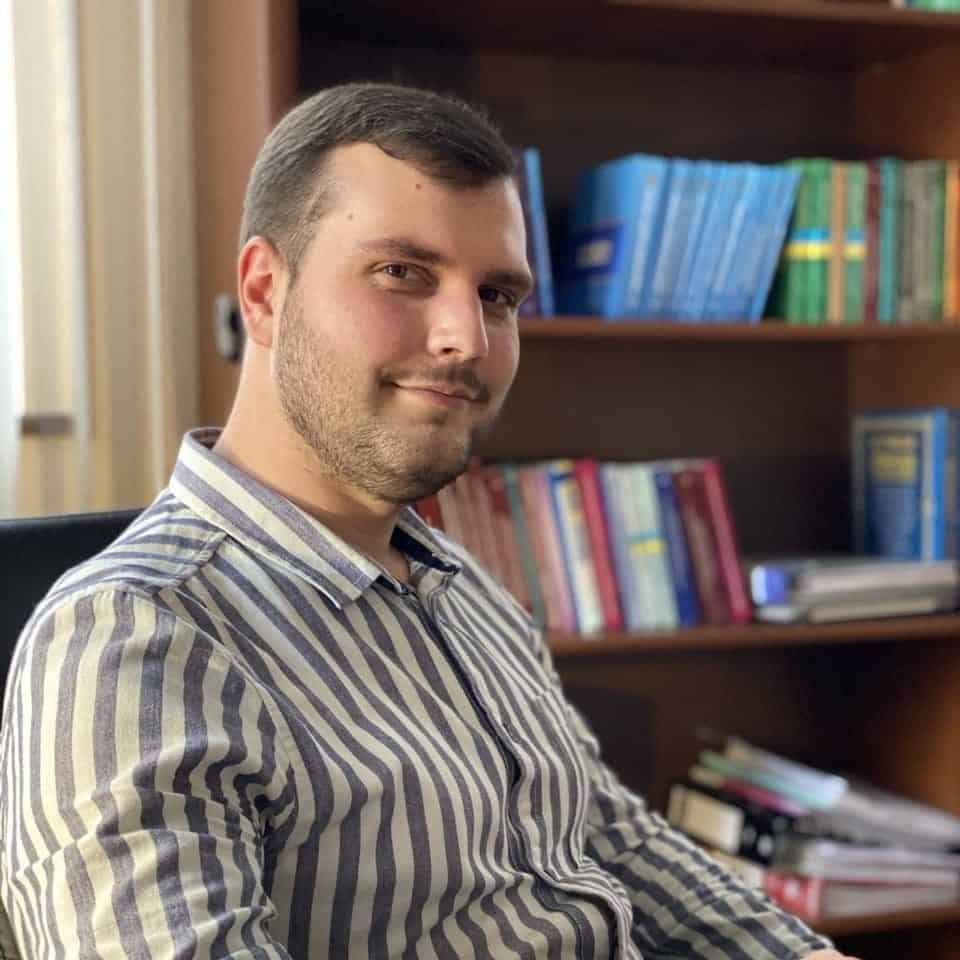 Vadim Kushnikov
Vadim Kushnikov 
 Андрій Тарасенко
Андрій Тарасенко 
 Юрій Юзич
Юрій Юзич 
 Віктор Шолудько
Віктор Шолудько 




